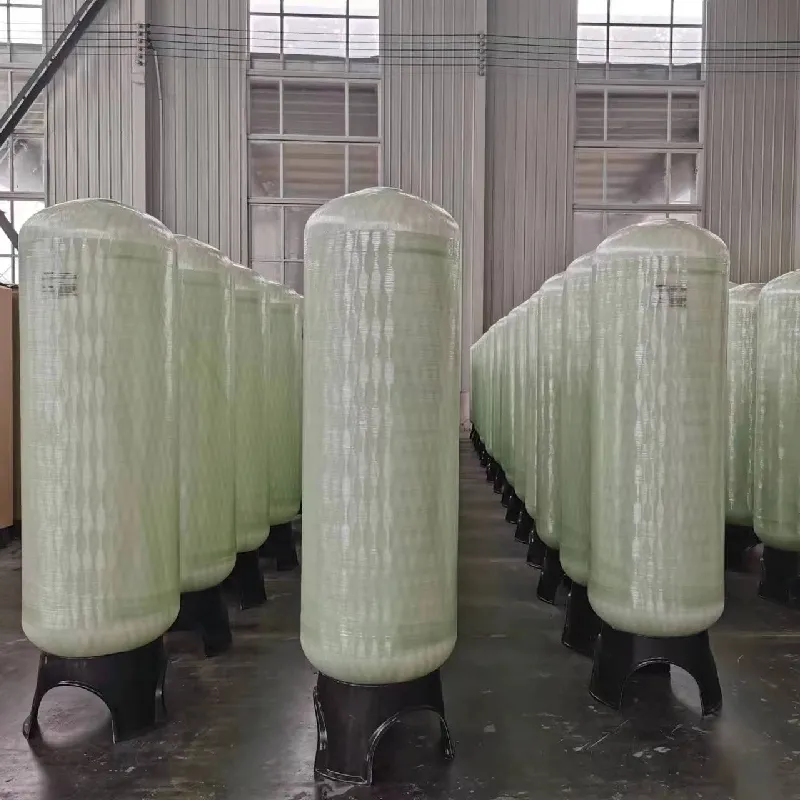loading...
- No. 9, Xingyuan South Street, Dongwaihuan Road, Zaoqiang County, Hengshui, Hebei, China
- admin@zjcomposites.com
- +86 15097380338
- Welcome to visit our website!
Durable Plastic Floor Grates for Enhanced Drainage and Safety in Various Environments
The Advantages of Plastic Floor Grating
In today's construction and industrial sectors, the choice of materials is crucial for ensuring durability, safety, and functionality. One innovative solution that has gained popularity in various applications is plastic floor grating. This article explores the benefits of plastic floor grating, its applications, and why it is becoming the material of choice for many businesses.
What is Plastic Floor Grating?
Plastic floor grating is a type of flooring that is manufactured from high-quality plastic materials, such as fiberglass reinforced plastic (FRP) or polyvinyl chloride (PVC). Unlike traditional grating options made from metal or wood, plastic grating provides unique advantages in terms of maintenance, cost, and environmental impact.
Advantages of Plastic Floor Grating
1. Corrosion Resistance One of the primary advantages of plastic floor grating is its resistance to corrosive chemicals and environmental factors. In industries such as wastewater treatment, chemical manufacturing, and food processing, where spills are common, plastic grating does not rust or corrode, maintaining its structural integrity and appearance over time.
2. Lightweight and Easy to Install Compared to metal grating, plastic grating is significantly lighter, which makes it easier to handle and install. This feature can lead to reduced labor costs and simplified installation processes. The lightweight nature also means that less structural support is required, allowing for more versatile design possibilities.
3. Safety Features Many plastic floor gratings come with anti-slip surfaces, providing safer walking and working conditions, especially in wet or oily environments. The increased traction helps to prevent accidents and injuries, making it an excellent choice for industries where safety is a top priority.
floor grating plastic

4. Low Maintenance Requirements Plastic floor grating requires minimal maintenance compared to traditional materials. It does not need to be painted or treated, and cleaning is often as simple as hosing it down. This low upkeep requirement translates into cost savings for businesses over time.
5. Environmental Considerations Plastic floor grating is often manufactured using recycled materials, contributing to sustainability efforts. Additionally, its longevity reduces the need for frequent replacements, further lessening the environmental impact associated with material waste.
Applications of Plastic Floor Grating
The versatility of plastic floor grating makes it applicable in various settings. Common applications include
- Industrial Facilities Factories and manufacturing plants use plastic grating for walkways, platforms, and drainage covers, benefiting from its durability and safety features. - Wastewater Treatment Plants The corrosive environments present in treatment plants necessitate materials that can withstand harsh chemicals, making plastic grating a suitable option. - Food and Beverage Industry Since plastic grating is easy to clean and does not harbor bacteria, it is a preferred choice for flooring in food production facilities, ensuring compliance with health and safety regulations. - Outdoor Decking Plastic grating is also ideal for outdoor applications, such as decks and walkways, where exposure to the elements can cause damage to other materials.
Conclusion
Plastic floor grating represents a modern solution to traditional flooring challenges faced by industries worldwide. Its multitude of benefits – from corrosion resistance to low maintenance – positions it as a highly favorable choice for a variety of applications. As businesses continue to prioritize safety, cost-efficiency, and sustainability, the adoption of plastic floor grating is expected to grow, marking a significant shift in materials used across sectors. In summary, choosing plastic grating is not only a practical decision but also an investment in the future of construction and industrial practices.
-
The Rise of FRP Profiles: Strong, Lightweight, and Built to LastNewsJul.14,2025
-
SMC Panel Tanks: A Modern Water Storage Solution for All EnvironmentsNewsJul.14,2025
-
GRP Grating: A Modern Solution for Safe and Durable Access SystemsNewsJul.14,2025
-
Galvanized Steel Water Tanks: Durable, Reliable, and Ready for UseNewsJul.14,2025
-
FRP Mini Mesh Grating: The Safer, Smarter Flooring SolutionNewsJul.14,2025
-
Exploring FRP Vessels: Durable Solutions for Modern Fluid HandlingNewsJul.14,2025
-
GRP Structures: The Future of Lightweight, High-Performance EngineeringNewsJun.20,2025
